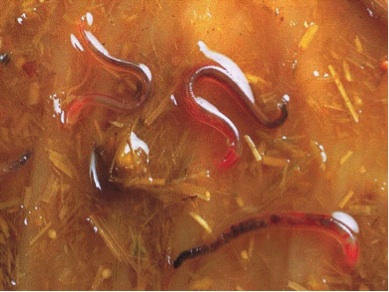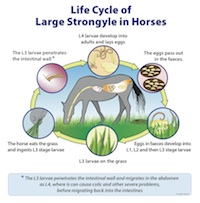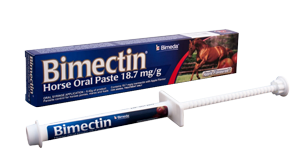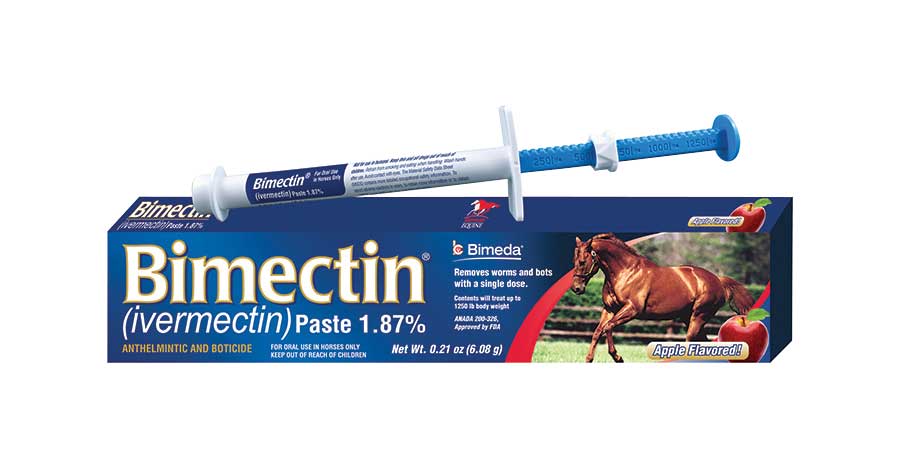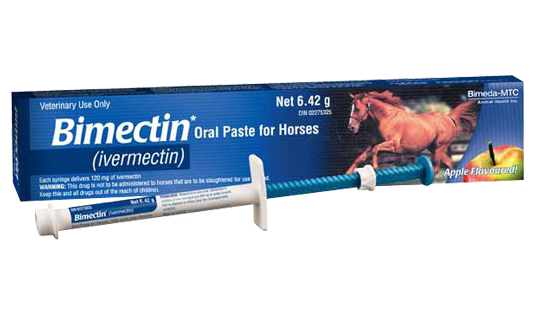Large Strongyles
(Red worms)
There are three major species of Large Strongyles, which are Strongylus vulgaris, S edentates, and S equinus. Of these, the most common is Strongylus vulgaris.
Horses become infected through the ingestion of infective larvae, which ex-sheath in the intestine and migrate, before developing to maturity in the large intestine.
Large Strongyles are blood feeders and they ingest mucosal plugs as they move through the intestine. Anaemia can result from this blood loss. Large Strongyles also cause weakness, loss of weight and diarrhoea. As a result of damage to mesenteric artery, Large Strongyles can also cause colic.
Large Strongyles can be extremely dangerous to the horse. However, low resistance levels mean that control is relatively straightforward.

